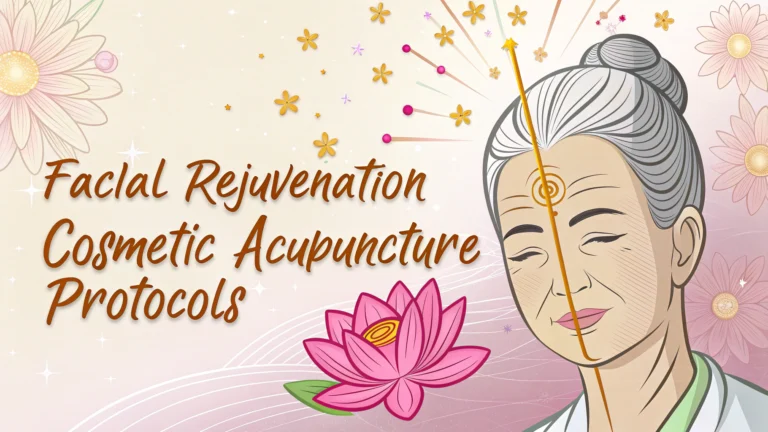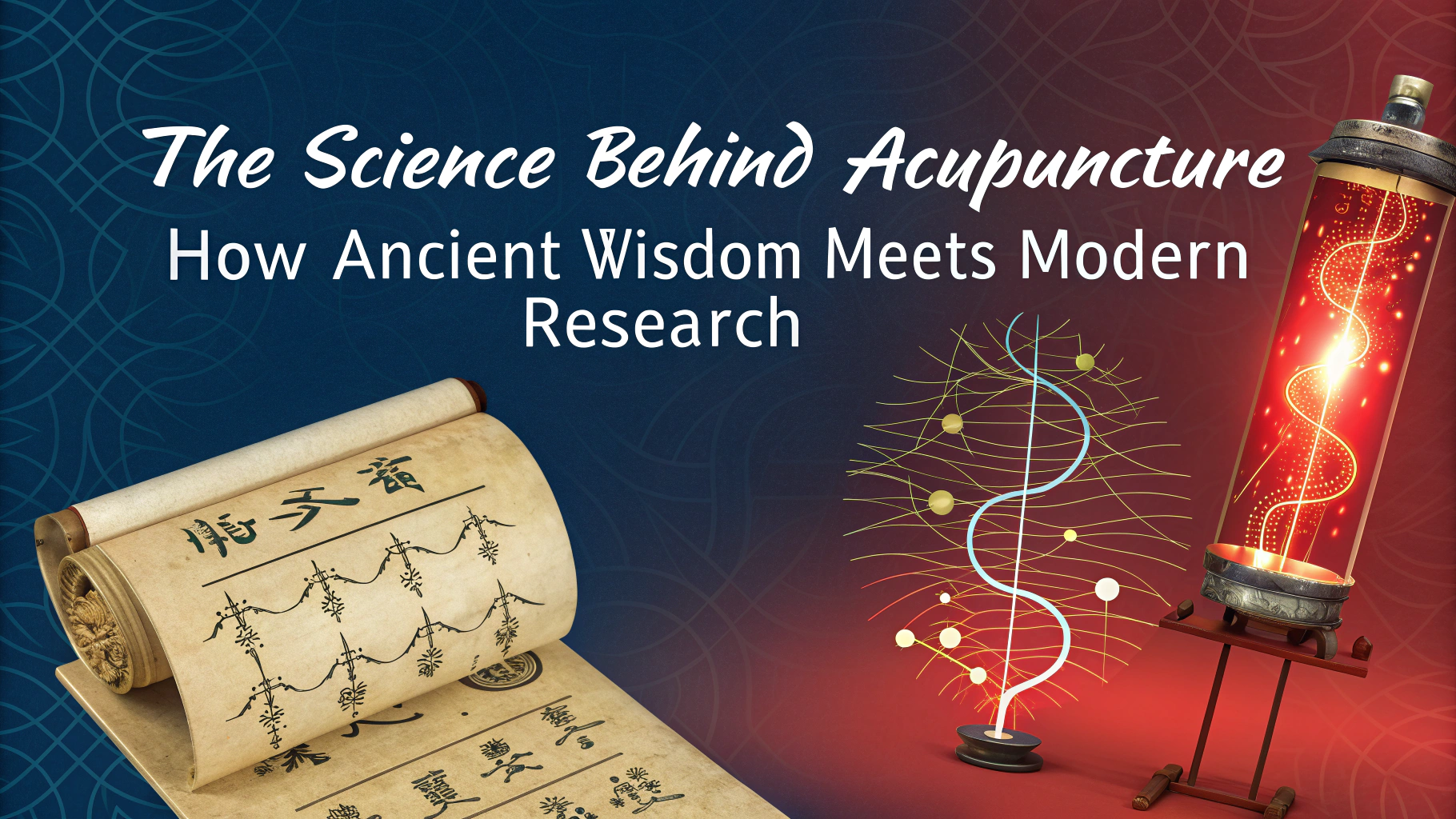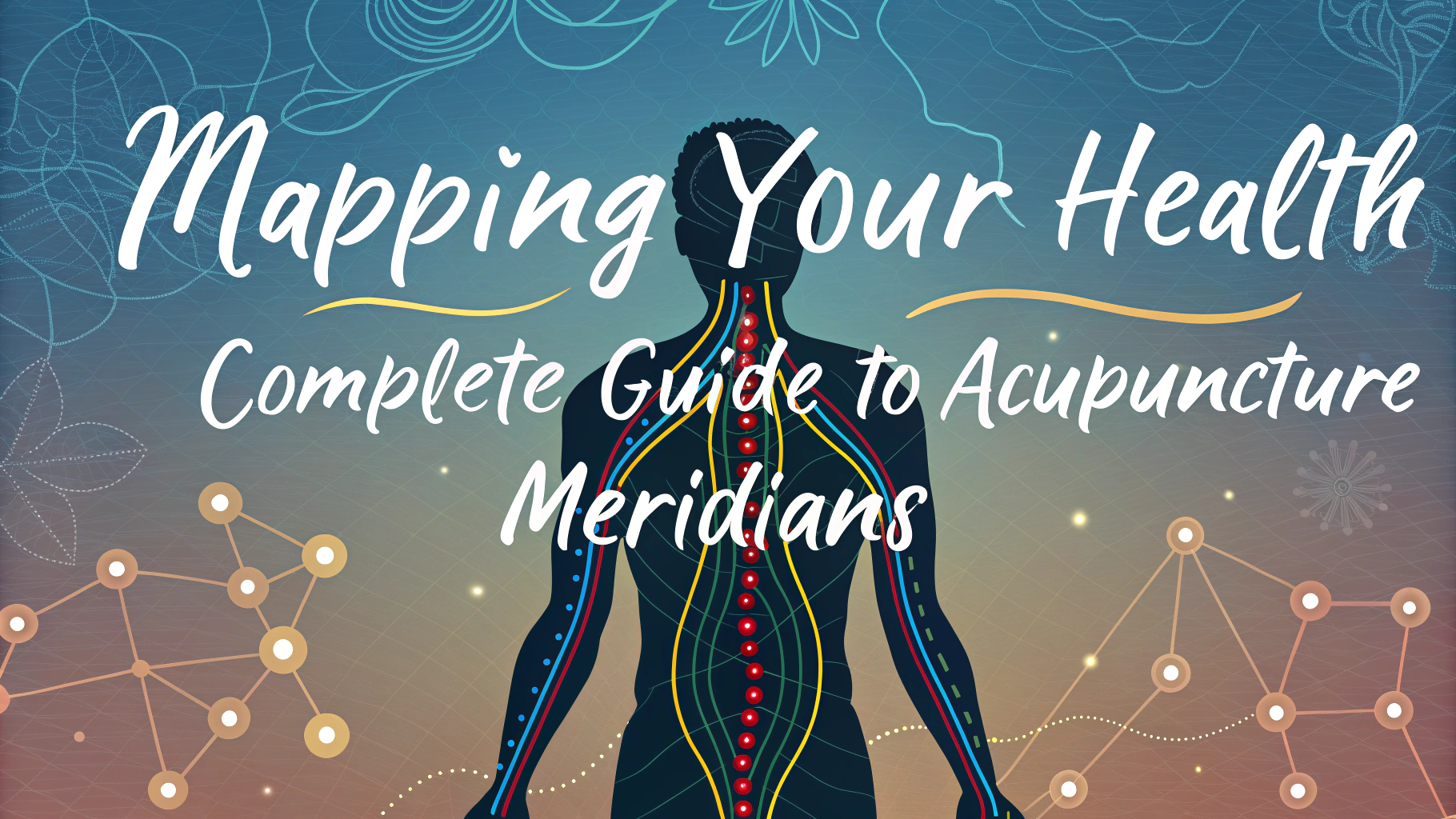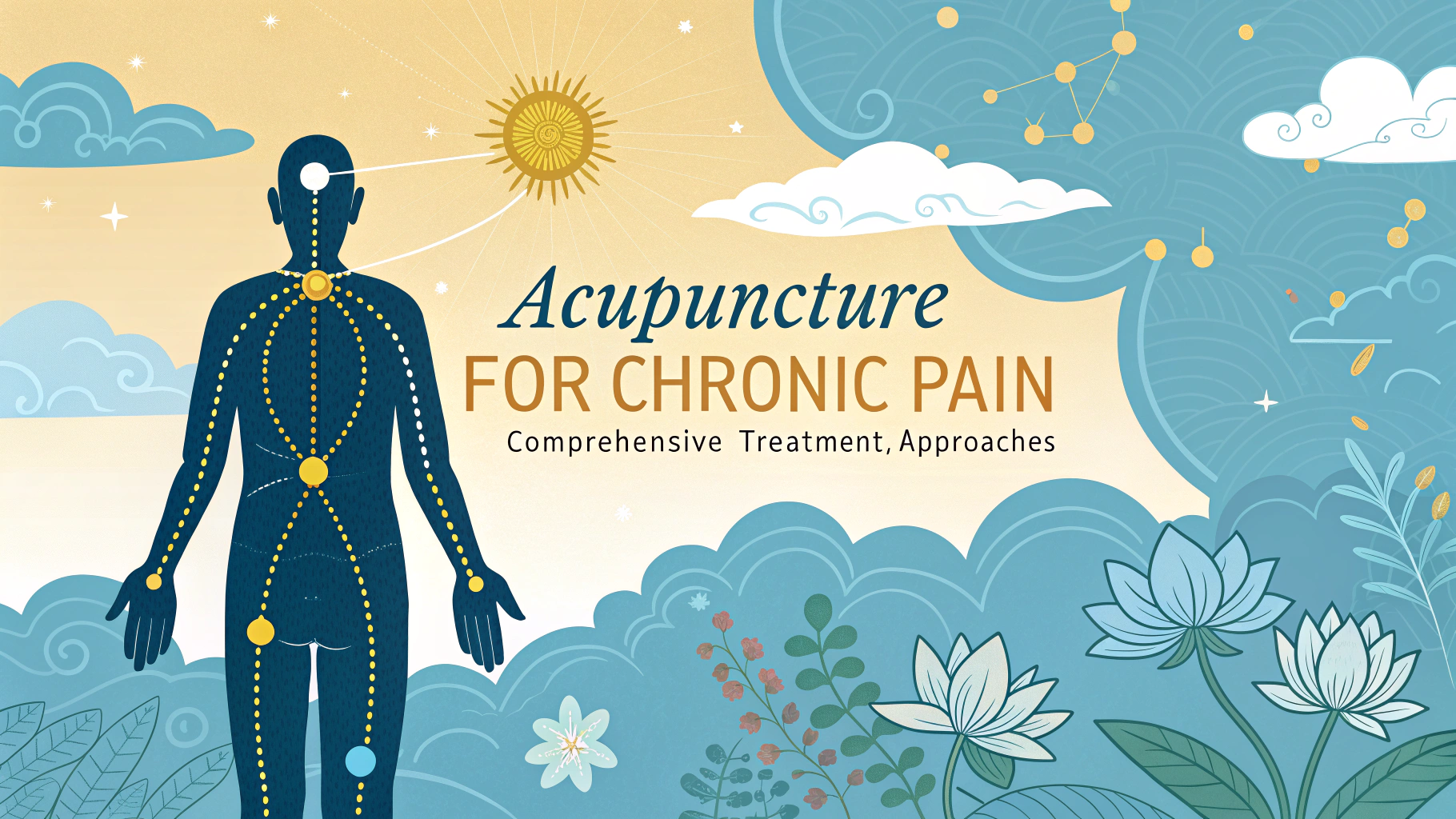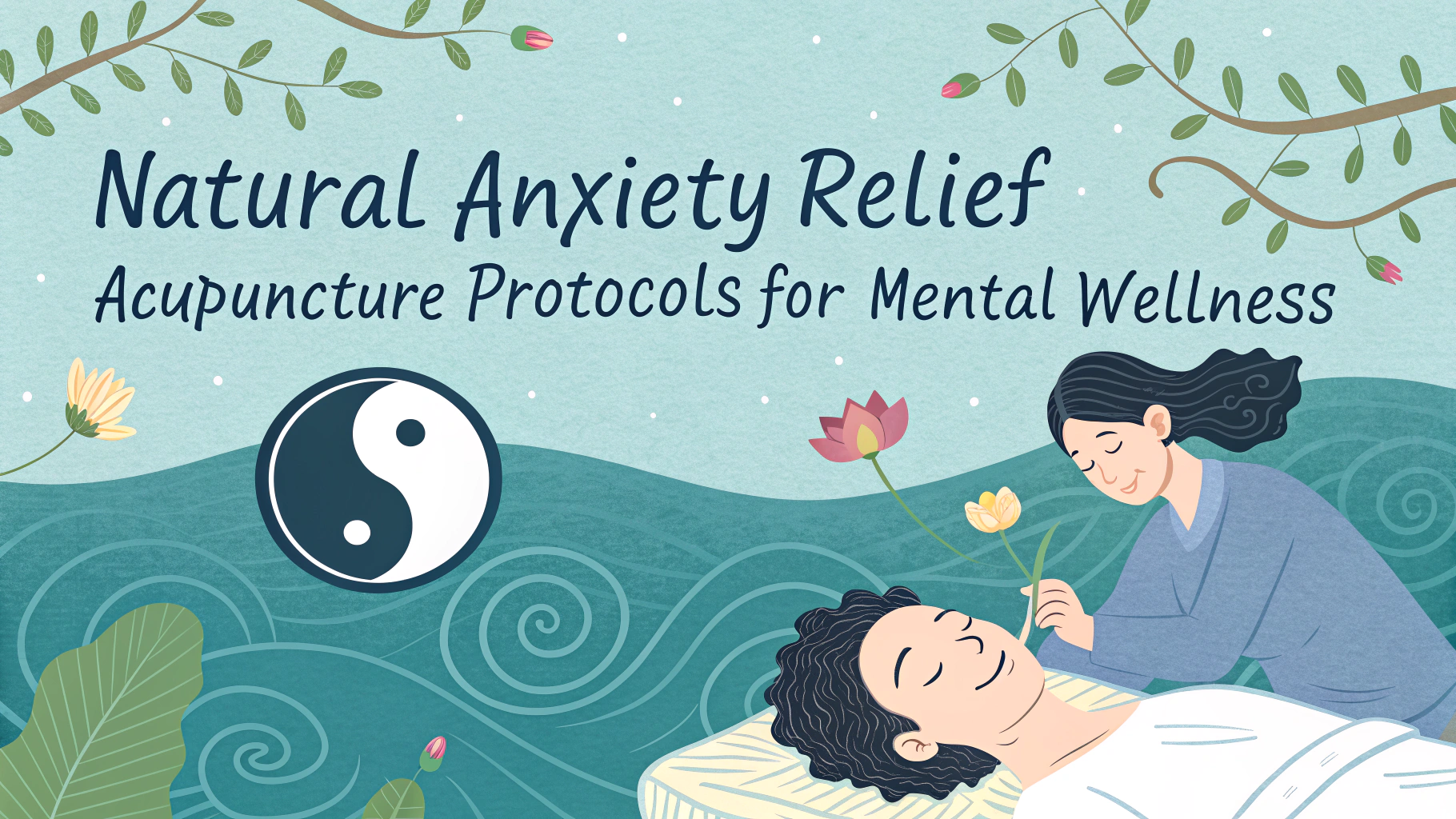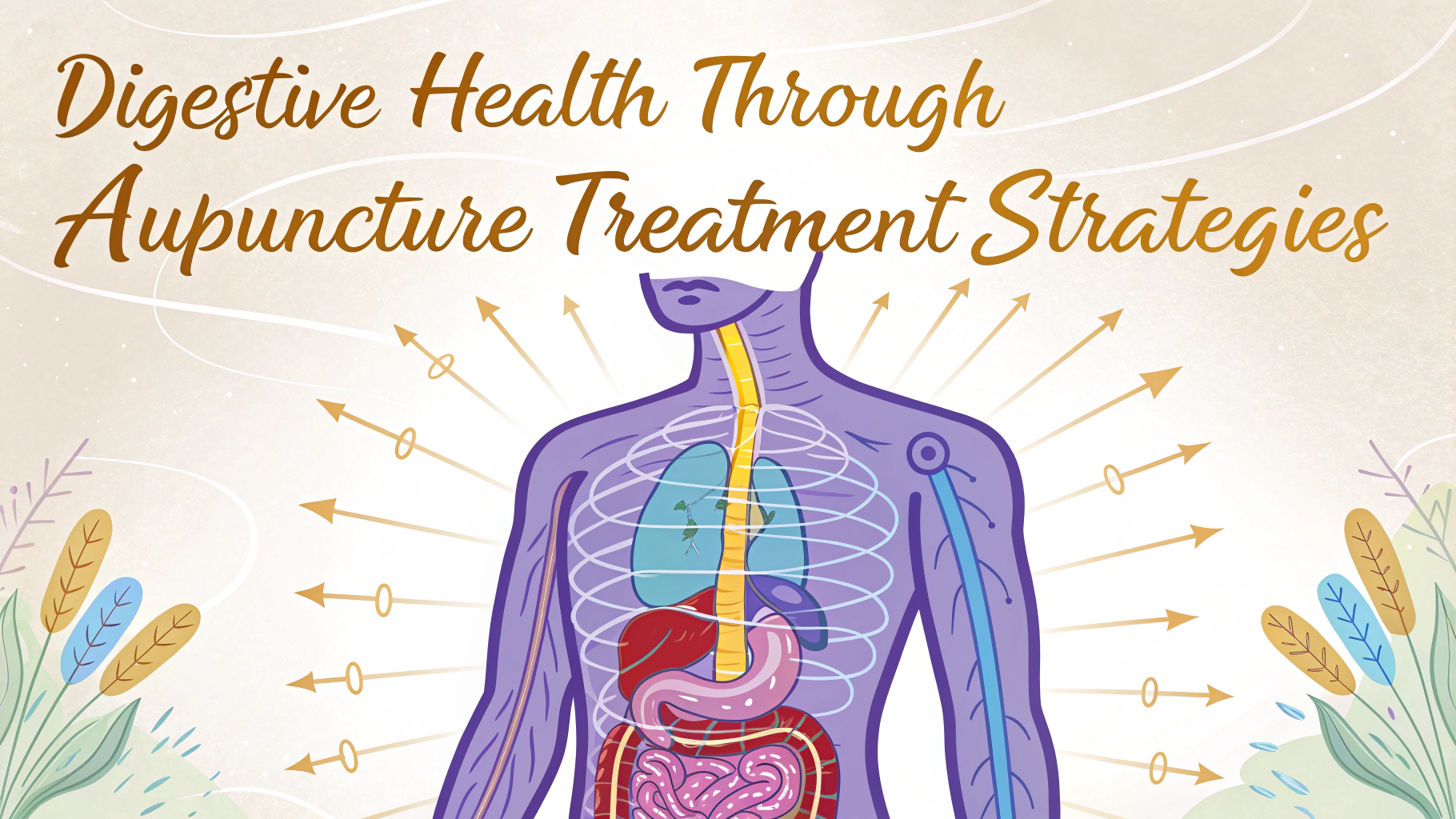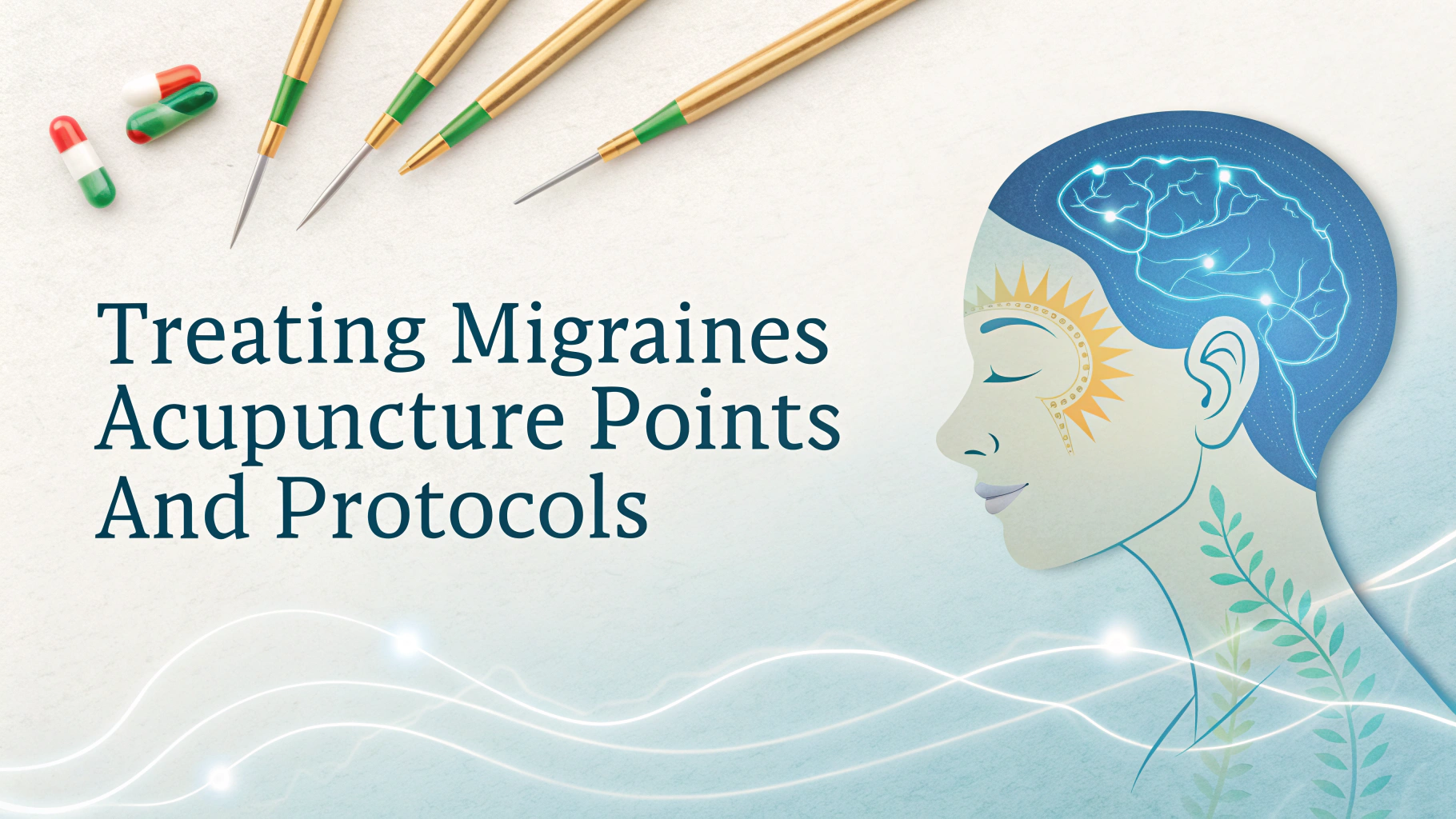Professional athletes worldwide have increasingly turned to acupuncture as a natural treatment method to enhance performance and aid recovery.
Athletes like Kobe Bryant, Michael Phelps, and Dwyane Wade have openly credited acupuncture treatments for helping them maintain peak physical condition throughout their careers.
These success stories demonstrate how traditional Chinese medicine techniques can complement modern sports medicine approaches for optimal athletic performance.
Notable Athletes Using Acupuncture
- Kobe Bryant – Used acupuncture throughout his NBA career for knee pain and injury recovery
- Michael Phelps – Incorporated cupping (a form of acupuncture therapy) during the 2016 Olympics
- Maria Sharapova – Regular acupuncture sessions for shoulder rehabilitation
- Aaron Rodgers – Treatment for various football-related injuries
Benefits Reported by Athletes
- Faster recovery from sports injuries
- Reduced muscle soreness and inflammation
- Improved sleep quality
- Better stress management
- Enhanced flexibility and range of motion
Treatment Approaches for Athletes
| Condition | Treatment Focus |
|---|---|
| Muscle Strain | Local points + electroacupuncture |
| Joint Pain | Surrounding point technique |
| Performance Anxiety | Stress-reducing points |
Finding a Sports Acupuncturist
Contact the National Certification Commission for Acupuncture and Oriental Medicine to find certified practitioners specializing in sports medicine.
Look for practitioners with additional certifications in sports medicine or sports acupuncture.
Treatment Frequency
- Maintenance: 1-2 sessions monthly
- Active Training: Weekly sessions
- Injury Recovery: 2-3 sessions weekly
Integration with Training
Schedule acupuncture sessions 24-48 hours before major competitions to allow for recovery and optimal energy levels.
Combine treatments with proper nutrition and rest for maximum benefits.
Success Metrics
- Reduced recovery time between training sessions
- Decreased use of pain medication
- Improved performance statistics
- Better sleep quality scores
Moving Forward with Acupuncture Treatment
Start with a consultation to develop a personalized treatment plan based on your specific sport and needs.
Document your progress and adjust treatment frequency based on your body’s response and competition schedule.
Research Support
Recent studies have shown significant benefits of acupuncture in sports medicine:
- 40% faster recovery rates in muscle strain cases
- Reduced inflammation markers in blood tests
- Improved circulation in treated areas
- Enhanced nervous system response
Cost Considerations
Treatment costs vary by region and practitioner expertise:
- Initial Consultation: $100-200
- Follow-up Sessions: $75-150
- Package Deals: Often available for regular treatments
Insurance Coverage
Many insurance providers now cover acupuncture treatments, especially with sports medicine referrals. Check your policy for specific coverage details.
Common Coverage Types
- Sports injury rehabilitation
- Pain management
- Performance-related treatments
Integrating with Other Therapies
| Therapy Type | Complementary Benefits |
|---|---|
| Physical Therapy | Enhanced muscle recovery |
| Massage | Improved circulation |
| Chiropractic | Better alignment maintenance |
Optimizing Athletic Performance Through Natural Healing
The growing adoption of acupuncture in professional sports demonstrates its effectiveness as a natural performance enhancement and recovery tool. Athletes seeking sustainable, long-term solutions for peak performance should consider incorporating regular acupuncture treatments into their training regimens.
Work with certified practitioners to develop a customized treatment plan that aligns with your training schedule and performance goals. Regular evaluation and adjustment of treatment protocols will ensure optimal results for your athletic career.
FAQs
1. Which notable athletes have successfully used acupuncture to enhance their performance?
Yao Ming, Michael Phelps, and Aaron Rodgers have openly credited acupuncture as part of their recovery and performance enhancement routines.
2. How does acupuncture help athletes recover from injuries faster?
Acupuncture increases blood flow to injured areas, reduces inflammation, releases endorphins, and activates the body’s natural healing mechanisms, accelerating the recovery process.
3. What specific sports injuries respond best to acupuncture treatment?
Tennis elbow, runner’s knee, shoulder impingement, plantar fasciitis, and muscle strains show significant improvement with acupuncture treatment.
4. How frequently do professional athletes typically receive acupuncture treatments?
Most professional athletes receive treatments 1-2 times per week during peak training periods and competitions, with maintenance sessions every 2-4 weeks during off-seasons.
5. Can acupuncture improve athletic performance beyond injury recovery?
Yes, acupuncture can enhance muscle strength, improve flexibility, reduce muscle tension, increase energy levels, and optimize sleep quality.
6. Which Olympic teams incorporate acupuncture into their medical programs?
The U.S., Chinese, and Australian Olympic teams officially include acupuncture in their sports medicine programs for athlete treatment and recovery.
7. How long before competition should athletes receive acupuncture?
Athletes typically receive treatments 24-48 hours before competition to allow for optimal recovery and energy balance without risking muscle relaxation too close to event time.
8. Does insurance typically cover acupuncture treatments for professional athletes?
Many professional sports teams and leagues include acupuncture coverage in their medical programs, while individual athlete insurance coverage varies by policy and country.
9. What role does acupuncture play in managing sports-related stress and anxiety?
Acupuncture helps regulate cortisol levels, reduces pre-competition anxiety, improves sleep quality, and enhances mental focus for athletes.
10. How does acupuncture compare to other recovery methods used by professional athletes?
Studies show acupuncture can be as effective as massage therapy and physical therapy for certain conditions, often working synergistically with these treatments for optimal results.
